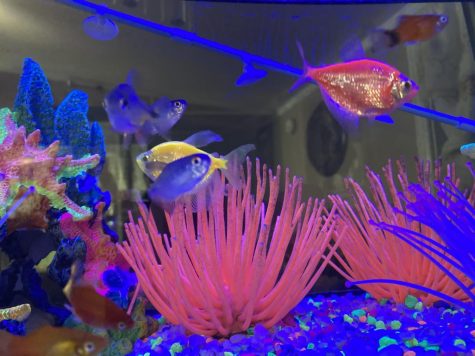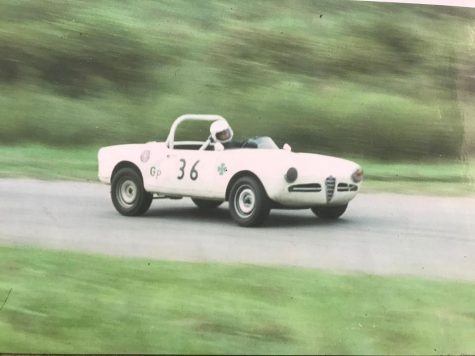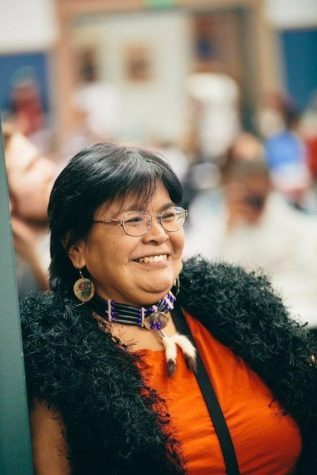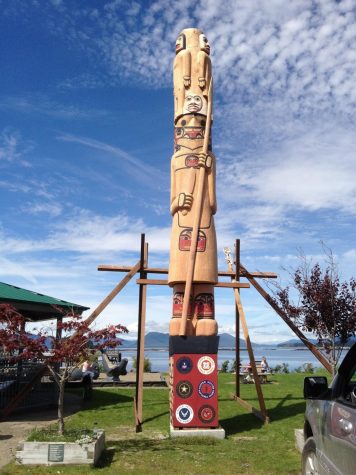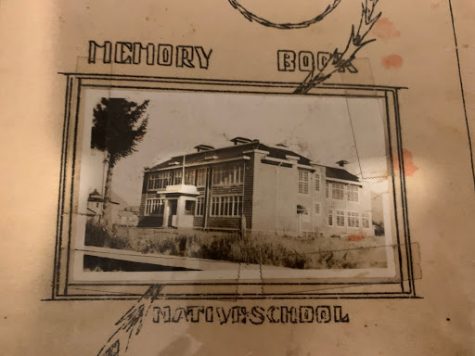“Don’t be a Pain in The Adze”
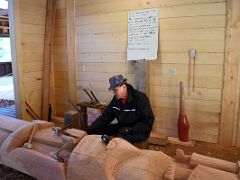
Across the North West Coast, the indigenous and native peoples used art and oral storytelling to pass their history to the next generations. Among these different tribes, the Ts’msyen (sim-she-ann) people are a baseline for the other different tribes, such as Christianity to their denominations. The art form used is very broad, ranging from dance to song, to carving, painting, clothing, and many other different forms of art expression. In the Ts’msyen culture, their art is on just about everything they have or use. This expression of culture had been changing since contact with western people. The Ts’msyen people now teach the artform in schools and pass the traditions of their ancestors to the generations to come.
A name of an artist that works hard to keep the traditions and culture alive is Wayne Hewson. Wayne is an artist of many talents and honours, although he keeps humble and stays true to himself as a human and a Ts’msyen Native artist.
Recently I’ve had the pleasure of interviewing Wayne at his home on the island of Su Metlakatla, an Alaskan village which is the only native reserve in the entire state of Alaska. The village’s name is translated from the Ts’msyen’s own language, in this language, Su Metlakatla directly translates to “New Place Where The Wind Dies Down” now the original Metlakatla, which this Alaskan village is named after is located in Canada. Metlakatla is where the natives came from that now reside in Su Metlakatla, both villages are referred to as Metlakatla, but later in the paper, ‘Metlakatla’ will be referring to Su Metlakatla, for reader’s sake.
Wayne has lived in Metlakatla off and on switching between the island and a place called Ketchikan that is across the bay. While in Metlakatla Wayne likes to spend his time carving, even while working he spends his time carving because it’s his job of course. Wayne gets to do what he loves and shares it with the world. His work is one of a kind, literally. He started the only Ts’msyen totem park in the world. This park is home to many of his totem poles he carved himself by hand.
Totem poles can take a long time to carve, a good one that is only 6 feet tall can take months of work to get right and finish, one of Waynes biggest poles is 40 feet. Although Wayne loves doing this no matter how much work he has to put it, he is also extremely good at this art form. In his life to date (Oct. 2020) he has carved over 40 poles!
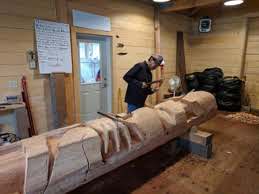
The focus of the interview was to look at the change of his hometown Metlakatla from his perspective and get an insight into how his town has changed, and how he has grown and lived. When growing up he noticed that segregation was abolished among tribes and ethnicities, which brought a loving and caring community for all. Going throughout life he watched as Metlakatla’s economy shift and many places shut down making it harder to have fun.
Wayne started to carve, sing, and dance like his ancestors in the mid to late 1990s, this time period was a very important step in the expression of the native culture in Metlakatla. A gathering called a potlatch took place in 1994 in Metlakatla that seemed to change everything. The potlatch brought the whole community together and ushered a resurgence of appreciation to the roots of the residents. After this moment the art, song, dance, and culture as a whole were growing. The elders of the town and the tribal elders that came to the island would teach the traditions and the fluent speakers of the native language would translate songs and create lessons in the language.
After this moment the Metlakatlans grew to incorporate the ways of their ancestors into their everyday lives. This event brought strong feelings to the traumatized people that came back home from boarding schools that disgraced them for being native, that beat them for being themselves. Being free to be native was and is a reputation for Metlakatla. After that potlatch, Metlakatla became a safe haven for indigenous people to be free of the humiliation of their identity.
Wayne was fortunate enough to see this surge of culture and take part in himself and learn the art, dance, and song from the elders that kept the culture alive. Although when travelling to other places as near as Ketchikan Wayne was harassed for his long hair and piercings that are customary in many tribes. Wayne kept living though, he didn’t let any negativity stop him from being who he was and sharing it with the world. He knew how to let all energy, even negative, fuel him to be the best at what he was and who he is.
While Metlakatla was changing the growth was exponential, in that time the segregation between designated groups of people had been obliterated. Everyone was able to live together in what was theoretically harmonious, although everyone could live together Metlakatla was leaning towards peace for natives. As Wayne described, Metlakatla is a safe haven for natives alike, there is no discrimination against the members of other tribes, living together without conflict. Expressing one’s culture is common and sharing the traditions of other cultures is very special because of sympathy from one member to another. While the cultural surge was happening Wayne was still growing and watched as Metlakatla lost most of their modern attractions such as the abundance of stores and places to go have fun like an arcade or theatre. Wayne was quoted as saying “Right now. . . it’s like in a limbo or something, a lot of people aren’t doing anything, there’s nowhere to go or nothing to do. It’s almost like all the change made everything slow down. Everyone’s waiting for something to happen.”
As an adult, Wayne was and is able to share his way of life with any people, not just his home island. Travelling far and wide the show people that the Ts’msyen isn’t a dead tribe and that they’re still breathing with ambition for a large revitalization of their old ways of life. Wayne has told his people’s legends and myths to many, one person that sticks out are Bill Gates.
Bill Gates was looking around at a museum and he saw a piece about a chief that he wanted to know more about. Although no one knew the entire story, except Wayne, so Bill invited him to his birthday party on his yacht. Wayne was working with Bill’s secretary and others that work for him, for two years they worked on planning to tell the story. After those two years had passed Wayne was able to meet with Bill, but while arriving he was surprised by how many celebrities there were, as he said “Boarding the ship I thought it was real cool how many famous people there were there.” Then Wayne told the story and that was that he got to hang out on the yacht for a bit then left with a fond memory.
Although Wayne is still doing what hes been doing for years he still enjoys doing it, he still loves his culture and is grateful that he grew up in a time where he can be proud to be who he is and strive for excellence among his people. Telling stories and making art is his life and he wouldn’t have it any other way.


